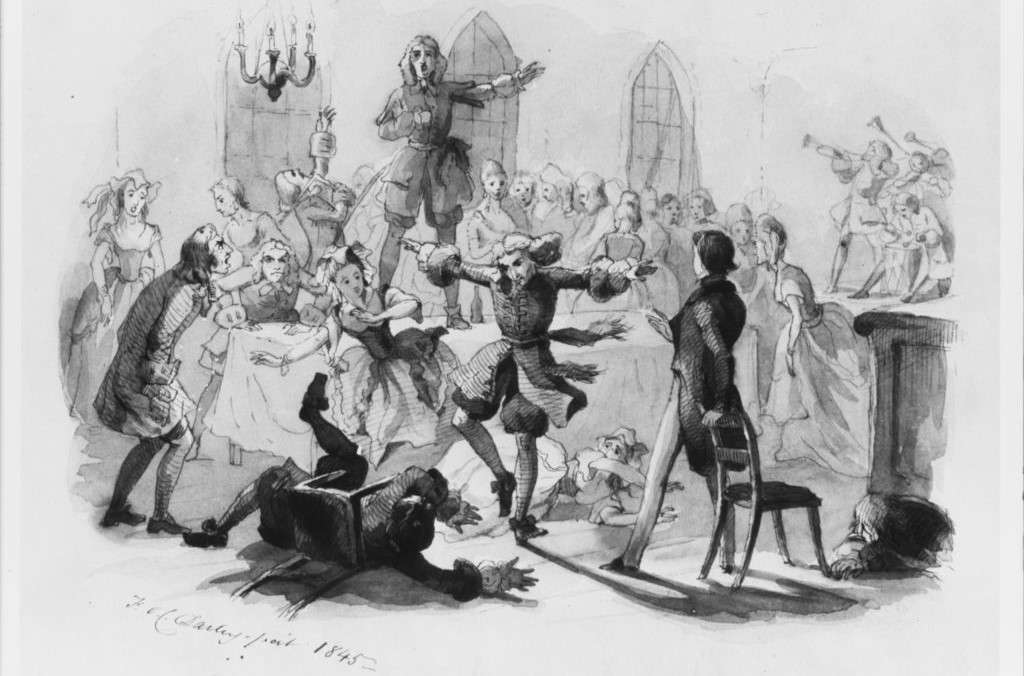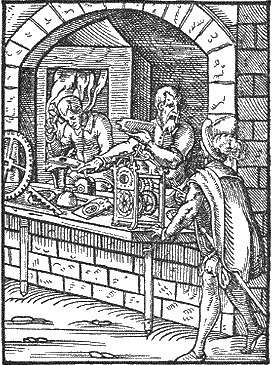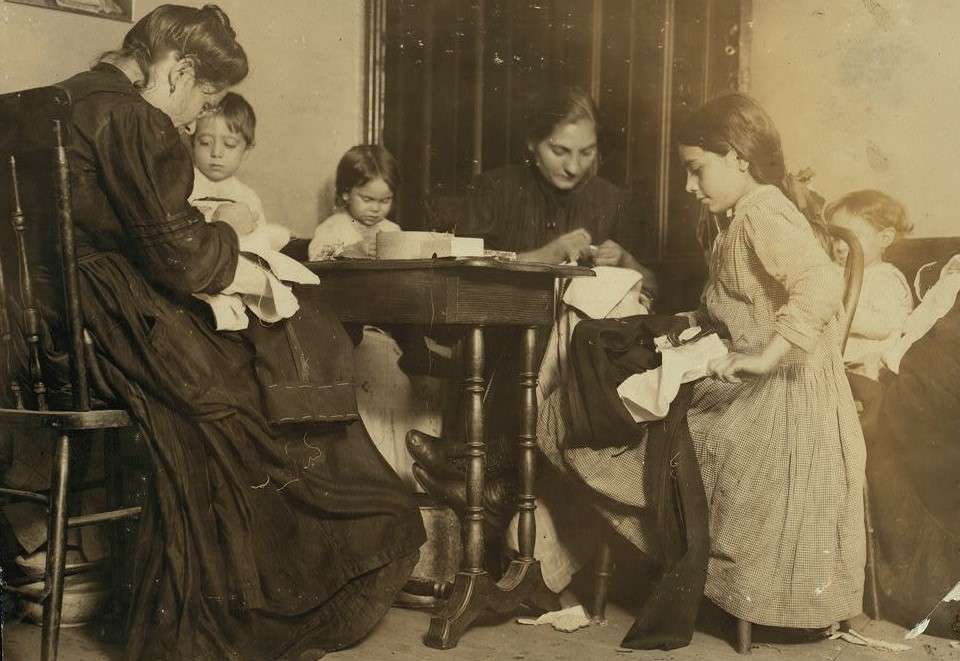Up and down the Kennebec Valley: Social activities
by Mary Grow
This year’s Nov. 6 time change, with darkness falling an hour earlier, led your writer to think about how central Kennebec Valley families passed long winter evenings 200 or 250 years ago – a research challenge, as few historians devoted pen and ink to such mundane events.
Readers who have answers to the many questions this article raises are invited to email The Town Line editor Roland Hallee (townline@townline.org) to propose their follow-up paragraphs or pages.
Your writer was amused to find that Waterville novelist Martha Baker Dunn also got frustrated by limited information as she wrote the chapter on Social Life in Waterville for Edwin Carey Whittemore’s centennial history. The example she gave was an early diarist in Winslow (before Waterville became a separate town in 1802) whose daily notes about “weather, crops and traffic” were varied by “August 15th Sarah Johnson went away.”
Dunn complained there was no explanation and no follow-up, leaving her wondering who Sarah Johnson was, where she went and why, why her departure mattered to the diarist and whether she ever came back.
Your writer encountered similar incomplete stories as she reviewed local town histories and other readily available sources, like the diary kept by Hallowell midwife Martha Ballard from 1785 to 1812.
(A series of fortunate events led to the preservation of Ballard’s diary, used by Augusta historian James North, who excerpted sections for his 1870 history, and by Laurel Thatcher Ulrich, whose mixture of quotation and commentary was published in 1990 as A Midwife’s Tale: The Life of Martha Ballard, Based on Her Diary, 1785-1812.)
For this and following articles, two points were established as preliminaries. The first is that before, on and after Dec. 21 in this part of central Maine, there are about 15 hours of darkness and semi-darkness each day. The sun rises a few minutes after 7 a.m. and sets about 4 p.m., by our contemporary clocks.
The second point is that when the central Kennebec Valley was settled, people kept track of time for everyday purposes much as 21st-century residents do. Town meetings and other public events, church services and private gatherings were scheduled for specific times, and people knew how long they stayed and how late they went to bed.
There were public timepieces, in places like church and town hall towers, and private ones in at least wealthier homes. In his thorough research for his history of Windsor, Linwood Lowden found lists of household items; in an 1814 inventory, one family’s “personal items” included a watch (and “a fan and a needlecase”).
Midwife Ballard habitually recorded the time when someone came to request her help (often in the middle of the night) and the time a baby was born.
Vassalboro historian Alma Pierce Robbins found in the town records that a Quaker clock maker named James Brackett came to Getchell’s Corner in 1794. She added that as of 1971, St. Marks Home, in Augusta, had one of Brackett’s clocks.
In Albion, historian Ruby Crosby Wiggin found a storekeeper who had, sometime after 1845, 52 clocks of six different kinds in stock, priced between $10 and $20, with a total value of $620. She remarked that he had a lot of clocks for a small store in a small town.
Exchanging visits with neighbors, friends and family members was a popular way to spend time year-round. Ballard constantly had relatives and neighbors in her house, often staying overnight. It is easy to picture the women sitting talking after the sun went down, probably sewing or knitting – the diary often refers to both activities. Were husbands and sons with them, or in another room, or out in the barn?
In Windsor, historian Lowden wrote, even the earliest settlers “naturally sought and found pleasurable and worthwhile social activities,” especially exchanging visits. Such visits often meant “staying for a meal or even overnight.”
Wiggin commented that despite much hard work, Albion’s first settlers “were a sociable lot and many traveled some distance to spend an evening with friends or relatives.”
An example comes from the Fairfield bicentennial history. Elihu Bannerman (mentioned in the April 16, 2020, issue of The Town Line as the first inhabitant of North Fairfield) kept a record of daily occurrences. Bowerman described the log house he built in 1783 as having a bark roof, a bark floor that couldn’t be nailed down and was “very uneven and tottering,” no glass in the windows and apparently no chimney for the first winter.
The compilers of the history found that after six months of isolation with Elihu and his brother Zaccheus, Mrs. Bowerman paid a winter visit to another woman who had emigrated from Massachusetts and lived “over a mile away. She put on snowshoes and went for a six hour visit.”
Ballard’s diary said nothing about organized social activities in the late 1700s and early 1800s in the Hallowell area. Martha’s husband, surveyor Ephraim Ballard, went to town meetings and other public events in which women were not included.
Ulrich cited one series of entries referring to events in the fall of 1790 and the fall of 1791, while the Ballards’ daughter Hannah was engaged to be married. Hannah, her sisters and their friends got together for quilting bees; the women spent the day at their needlework, and in the evening young men joined them for tea and dancing.
One evening after a bee at Ballards’, Martha was pleased that everyone was back home by 11 p.m. Other social events kept her children out later, and she made one reference to a sleighing party that didn’t get home until 12:30 a.m.
Dunn found similar references to late 18th and early 19th century social activities. She mentioned a 1784 sleighing party recorded in a diary, and “spinning bees and wool-breakings,” the two steps in the process of making wool into usable thread. The activities sound like women’s, but there were men around, as at the Ballards’, because Dunn wrote that, “These gatherings not infrequently ended in a dance.”
In Windsor, too, Lowden wrote, “many social activities were organized around work.” He listed, for men, mowing bees and chopping bees, when neighbors helped someone who had fallen behind in haying or putting up a woodpile; and husking bees, a gathering in a barn to husk corn. For women, Lowden mentioned “sewing and quilting parties.”
He quoted a description of a chopping bee written in a North Blue Hill woman’s letter in March 1864, surmising Windsor might have had similar events. The writer and “Nellie” spent three days cooking for 47 people, of both sexes; the men “chopped wood in the afternoon,” and the evening party required “five large loaves of frosted mountain cake” (almost certainly a layer cake, probably three layers, judging from on-line information about White Mountain Cake).
Roger Reeves, a farmer and carpenter from whose diary Lowden often quoted, wrote that on Feb. 1, 1876, he “carried Julia [his wife?]…to a sewing party,” whence he went on to another house where he “blacksmithed” and had dinner.
In the fall of 1878 Reeves attended an “apple bee” (defined on-line as like other agricultural bees, a group assembled to pick or process apples, specifically to prepare them for drying. Milton Dowe described the latter in his 1954 history of Palermo: “apples were peeled, cored and sliced, then strung on twine and hung up to dry.”).
In Waterville, Dunn wrote, two loosely defined, sometimes overlapping social classes developed early in the 19th century: mill workers and storekeepers on one level, and an upper echelon of professional men and their families. The latter included officers and faculty of the Maine Literary and Theological Institute, founded in 1813 (renamed Waterville College in 1821, Colby University in 1867 and Colby College in 1899).
It was almost certainly the wives of doctors, lawyers, bankers, professors and building- and land-owners at the “oldfashioned tea parties” that “a venerable relative who participated in them” described to Dunn. These were mostly winter activities. The ladies arrived about 3 p.m. with their sewing and knitting; the gentlemen came for supper and the evening.
There were also card parties and dances in private houses, Dunn wrote. She quoted from an invitation to a Feb. 26, 1819, ball, starting at 5 p.m. (and commented that a majority of the five leading citizens who signed the invitation were middle-aged or older).
One of Dunn’s reports, probably referring to the period before the Civil War though dated only as showing the “superior courtesy of former times,” answered one 21st-century question: “when a young lady was invited to a ball or large party it always meant that a carriage would be provided for her.”
The Fairfield history includes an excerpt from an 1896 memoir by Martha Sturtevant Coolidge (born Jan. 26, 1822, according to an on-line genealogy, and raised in West Waterville, now Oakland). Activities she described in her youth were “berrying in the summer,” “apple parings in the fall” and “occasional sleigh rides and parties in the winter.”
These activities and quilting parties, “singing schools and spelling matches gave us plenty of society,” she wrote.
In Windsor, community picnics, Sunday afternoon buggy rides and croquet were popular warm-weather activities, Lowden wrote. He added, “Many long winter evenings were passed at cards – some of the neighbors having dropped in for just that purpose.”
(By 1892, according to Henry Kingsbury’s Kennebec County history, William Lamb had opened a factory to make croquet sets in Clinton.)
Alice Hammond recorded a significant winter social event in Sidney: a Jan. 3, 1897, gathering of about 150 people at the home of Phoebe (or Phebe, on her gravestone, Hammond said) Sawtelle Ellis to celebrate Ellis’s 100th birthday.
Citing an article by “a Journal [presumably the Kennebec Journal] reporter, who traveled by horseback to Sidney from Augusta,” Hammond wrote that the single-story Pond Road house, built in 1787, had a display of family heirlooms, including “a flax spinning wheel” Ellis’s father gave her as wedding gift and “a churn which had been in use of 102 years.”
Ellis had made brown bread as part of the supper prepared for her guests, who also enjoyed “a short entertainment”; and each got a souvenir birthday card.
Main sources
Dowe, Milton E., History Town of Palermo Incorporated 1884 (1954).
Fairfield Historical Society, Fairfield, Maine 1788-1988 (1988).
Hammond, Alice, History of Sidney Maine 1792-1992 (1992).
Kingsbury, Henry D., ed., Illustrated History of Kennebec County Maine 1625-1892 (1892).
Lowden, Linwood H., good Land & fine Contrey but Poor roads a history of Windsor, Maine (1993).
Robbins, Alma Pierce, History of Vassalborough Maine 1771 1971 n.d. (1971).
Ulrich, Laurel Thatcher, A Midwife’s Tale The Life of Martha Ballard, Based on Her Diary, 1785-1812 (1990).
Whittemore, Rev. Edwin Carey, Centennial History of Waterville 1802-1902 (1902).
Wiggin, Ruby Crosby, Albion on the Narrow Gauge (1964).
Websites, miscellaneous.
Responsible journalism is hard work!
It is also expensive!
If you enjoy reading The Town Line and the good news we bring you each week, would you consider a donation to help us continue the work we’re doing?
The Town Line is a 501(c)(3) nonprofit private foundation, and all donations are tax deductible under the Internal Revenue Service code.
To help, please visit our online donation page or mail a check payable to The Town Line, PO Box 89, South China, ME 04358. Your contribution is appreciated!







Leave a Reply
Want to join the discussion?Feel free to contribute!